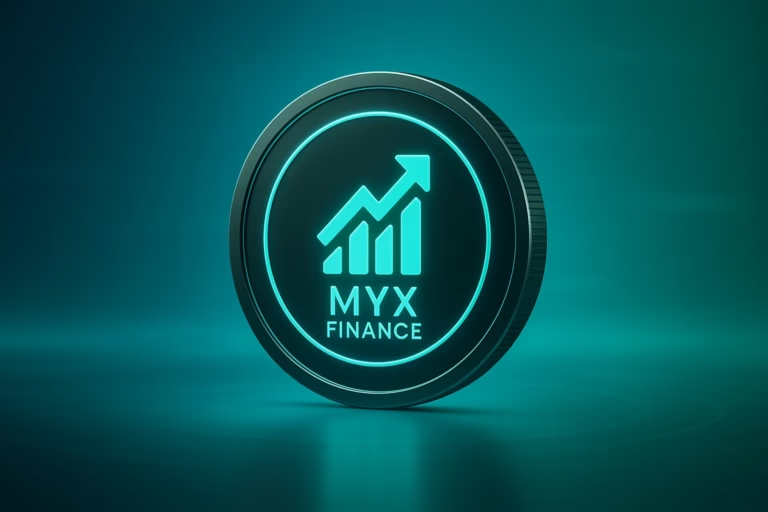
- Stellar is a decentralized blockchain network designed to streamline cross-border payments using its native token, XLM, and energy-efficient consensus technology.
- Its growing adoption through major partnerships and the launch of smart contract capabilities positions it as a strong player in blockchain-based financial solutions.
Stellar is redefining how value moves across borders, offering traders and financial institutions a fast, low-cost alternative to traditional payment systems. Launched in 2014 by Jed McCaleb—also a co-founder of Ripple—Stellar aims to bridge the gap between conventional finance and blockchain technology. Through its native token, lumens (XLM), Stellar supports seamless currency exchanges while maintaining a decentralized and energy-efficient infrastructure.
ALSO READ:Cardano Awaits SEC Verdict on ETF as Approval Odds Surge to 71%
How Stellar Connects Traditional Finance to the Blockchain
Stellar’s key innovation lies in its ability to tokenize and transfer digital representations of fiat currencies like USD and EUR. Using entities known as “anchors,” the network links traditional banking systems with the Stellar blockchain, making it possible to move money globally with minimal friction. These anchors issue and redeem assets while ensuring trust and compliance.
The platform also features a built-in decentralized exchange (DEX), which allows peer-to-peer trading of tokens. XLM plays a crucial role in this ecosystem—not only by acting as a bridge currency for illiquid trading pairs but also by deterring spam through small transaction fees.
The Technology Behind Stellar: SCP in Action
Unlike Bitcoin’s energy-intensive proof-of-work model, Stellar relies on the Stellar Consensus Protocol (SCP), a unique federated Byzantine agreement system. This setup enables faster transaction confirmations and reduced energy consumption. Each node in the network selects trusted counterparts (quorum slices), and through overlapping agreement, a secure consensus is reached.
This efficient mechanism allows Stellar to support high throughput while keeping costs low—an ideal combination for financial institutions and developers alike.
XLM Price Drivers: Partnerships, Upgrades, and Market Sentiment
XLM’s price history has mirrored the broader crypto landscape. It soared during the 2017 bull run, peaking at $0.9381 in early 2018 after high-profile partnerships with IBM and others. While the 2018-2019 bear market cooled off that rally, further collaborations with Deloitte, Stripe, and most recently Mastercard and Paxos in 2024, have reignited interest.
Technological upgrades like the Soroban smart contracts platform have expanded Stellar’s potential in DeFi and NFTs, attracting more developers and use cases to the network.
Trading XLM: Round-the-Clock Access
XLM is available 24/7 through various crypto exchanges and CFD platforms. Traders can speculate on XLM’s price movements using derivatives like CFDs, which offer the flexibility to go long or short. However, such instruments carry increased risk due to leverage.
With strong partnerships, a growing developer ecosystem, and ongoing blockchain innovations, Stellar remains a serious contender in the race for global payment dominance.
MIGHT ALSO LIKE:Bitcoin Eyes $111,830 After Bouncing from Key Support Level
DISCLAIMER:
The views and opinions expressed herein are solely those of the author and do not necessarily reflect the views of the publisher. The publisher does not endorse or guarantee the accuracy of any information presented in this article. Readers are encouraged to conduct further research and consult additional sources before making any decisions based on the content provided.




